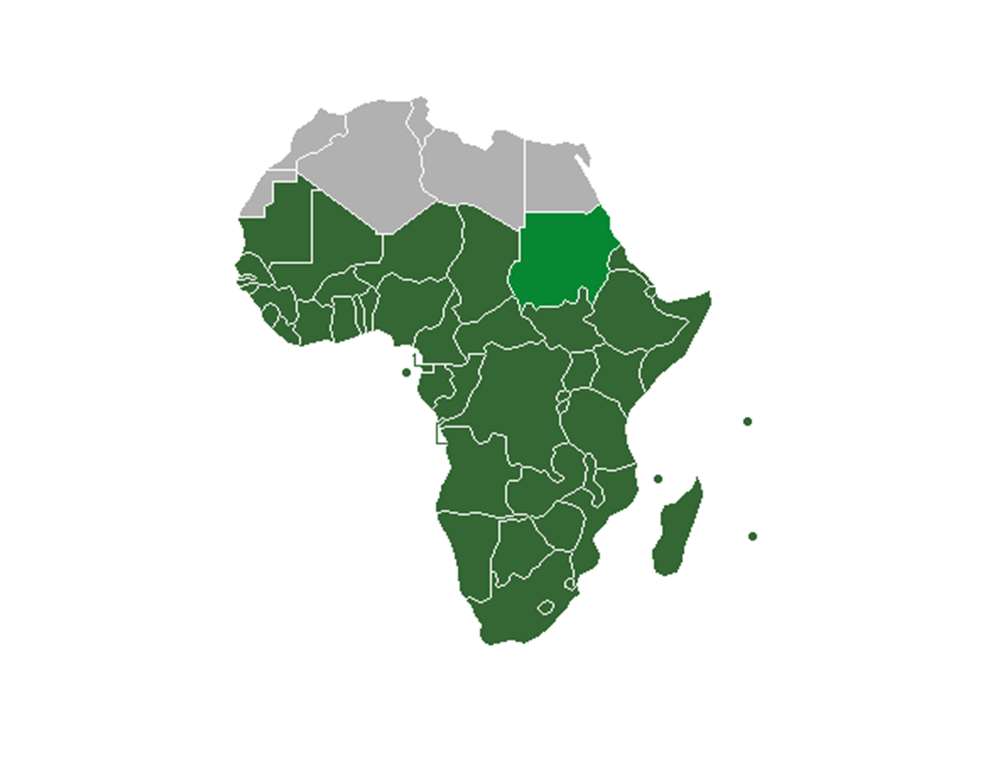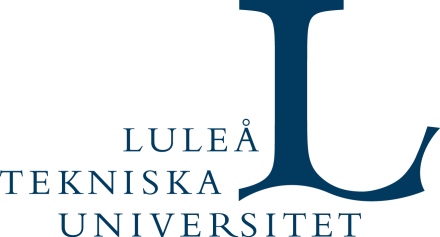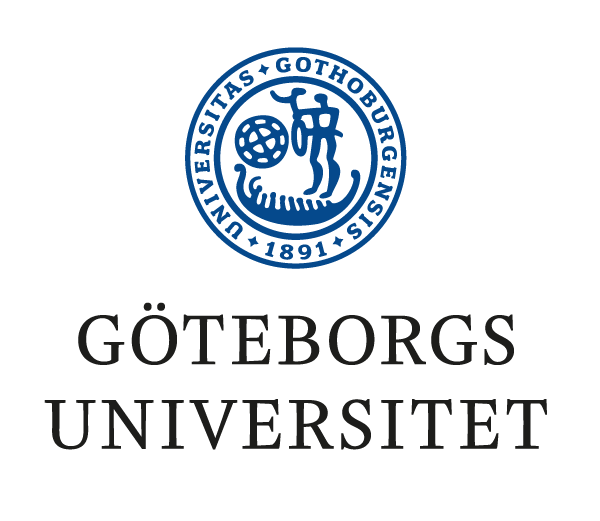Over 600 million people in Sub-Saharan Africa (SSA) lack access to electricity, and about 900 million are forced to use traditional biomass on unimproved cookstoves due to a lack of clean cooking fuel.
Recent research identifies financial inclusion as a critical enabler for the UN’s Sustainable Development Goal 7: “to ensure universal access to affordable, reliable and modern energy services.”
The standard definition of financial inclusion is access to financial products and services and an economic agent’s effective use of financial services.
Financial inclusion rests on the financial development of an economy, which has three dimensions. Financial access determines the ability of consumers and investors to access credit. Financial depth defines the liquidity and size of the financial market, and financial efficiency is the financial institutions’ capacity to provide credit at a competitive interest rate. All of these dimensions influence the level of energy poverty.
In the study, the researchers analyzed data from 27 energy-poor countries in the Sub-Saharan African region between 2004 and 2021. They created a composite variable of financial inclusion based on six dimensions:
- number of commercial bank branches per 100,000 adults
- number of commercial bank branches per 1000 square km
- number of ATMs per 1000 square km
- number of ATMs per 100,000 adults
- outstanding loans from commercial banks (per cent of GDP)
- outstanding deposits with commercial banks (per cent of GDP)
When analyzing the results over the period, they found that with greater financial inclusion, people’s access to electricity improved, thereby reducing energy poverty. Moreover, a 1 per cent rise in financial inclusion leads to a simultaneous increase in the percentage of electricity access by 9.4 per cent, 15.9 per cent, 3,5 per cent, and 4 per cent in the different estimation models they used. This means that the process of reducing energy poverty is accelerated as financial services are improved.
They also show that an increase in income by 1 per cent, leads to an increase in the percentage of people having electricity access by 25.6 to 54.7 per cent. This suggests that an increase in income level raises access to electricity quite significantly.
Full Article, Ashim Kumar Kar & Ranjula Bali Swain (2023) Does financial inclusion improve energy accessibility in Sub-Saharan Africa?, Applied Economics, DOI: 10.1080/00036846.2023.2270227

Photo credit Sub-Sahara map: Wikipedia






